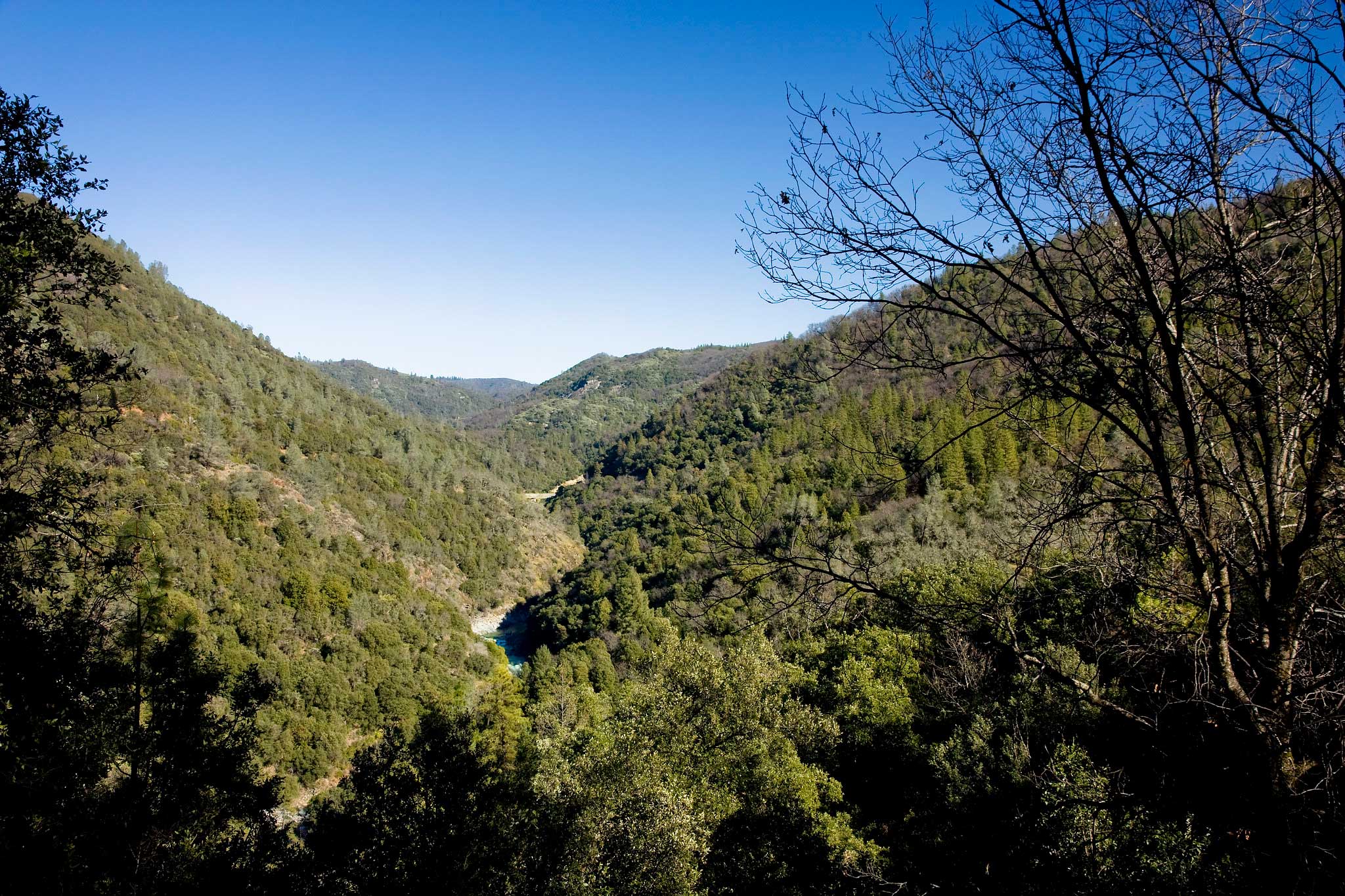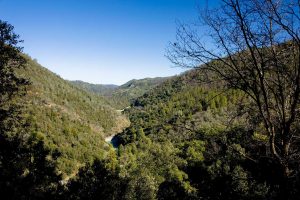The Forest Resilience Bond leverages public funds for forest restoration with private investments and resources from utilities, state agencies, and corporations to address the urgent need for wildfire-adapted forest restoration.
Opportunity
In recent years, wildfires in the western United States have burned larger and with increasing frequency. From 1984 to 2020, wildfire-burned area in the region increased 1,150%, and nearly 6% of California’s forests burned in 2020 alone. Wildfires can pose threats to communities near and far through loss and damage to homes and businesses, air pollution, water contamination within watersheds, and less removal of greenhouse gases. Unnatural forest density, a primary driver of wildfire, also threatens the region’s water supplies.
The US Forest Service has a robust strategy to address the wildfire crisis through forest restoration and the strategic removal of hazardous fuels such as dead and dying vegetation. While the agency has recently received more funding for projects, they alone cannot implement these solutions at the scale and urgency needed.
Project Description
This partnership with Blue Forest Conservation, the National Forest Foundation, the USDA Forest Service, the Yuba Water Agency, and the North Yuba Forest Partnership currently finances US$25 million in forest resilience and post-fire restoration projects in 48,000 acres of California’s Sierra Nevada Mountains. Also called Yuba II Forest Resiliency Bond, the project seeks to reduce the risk of a catastrophic wildfire to the Tahoe National Forest and nearby and downstream communities in the Yuba River watershed.
This second phase of the Forest Resilience Bond builds on the success of its pilot project, the Yuba I Forest Resiliency Bond, which began in 2018 with $4 million in private capital and protected an initial 15,000 acres. The pilot spawned a partnership of nine stakeholder groups committed to protecting 275,000 acres of forested land in the North Yuba watershed. Forest Resilience Bond financing enabled partners to accelerate work and complete the project in just four years instead of the projected 10 to 12 years.
Currently, the partnership is working to establish additional FRB’s in California, Oregon, Washington, and Arizona.












